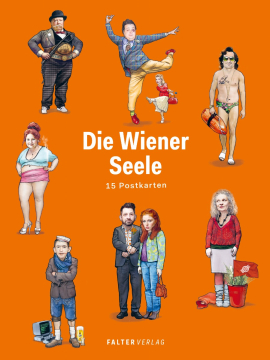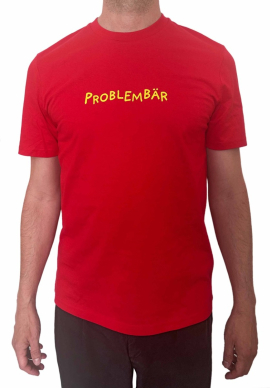Bitte haben Sie einen Moment Geduld, wir legen Ihr Produkt in den Warenkorb.
| Reihe | Schriften aus dem Institut für Technische und Numerische Mechanik der Universität Stuttgart |
|---|---|
| ISBN | 9783819101601 |
| Sprache | Englisch |
| Erscheinungsdatum | 21.08.2025 |
| Genre | Technik/Maschinenbau, Fertigungstechnik |
| Verlag | Shaker |
| Lieferzeit | Lieferung in 7-14 Werktagen |
| Herstellerangaben | Anzeigen Shaker Verlag GmbH Am Langen Graben 15a | DE-52353 Düren info@shaker.de |
- ✔ kostenlose Lieferung innerhalb Österreichs ab € 35,–
- ✔ über 1,5 Mio. Bücher, DVDs & CDs im Angebot
- ✔ alle FALTER-Produkte und Abos, nur hier!
- ✔ hohe Sicherheit durch SSL-Verschlüsselung (RSA 4096 bit)
- ✔ keine Weitergabe personenbezogener Daten an Dritte
- ✔ als 100% österreichisches Unternehmen liefern wir innerhalb Österreichs mit der Österreichischen Post
Laser beam welding is affected by process instabilities and weld defects, which significantly impair the quality of the process. The experimental investigation of the causes is rather difficult due to the limited accessibility and high dynamics of the process. This motivates the application of numerical simulations to examine the fundamental effects during laser beam welding.
The dissertation at hand presents a modeling approach on basis of the mesh-free Smoothed Particle Hydrodynamics (SPH) method. The model considers the important physical phenomena during laser beam welding. These include temperature-dependent surface tension, wetting, phase transitions, recoil pressure due to evaporation, heat transfer and dissipation, thermal expansion, and temperature-dependent material parameters. The energy input from the laser beam is determined by ray tracing, whereby multiple reflections of the laser beam are taken into account. Another key aspect of the modeling approach deals with the computational efficiency. Here, different approaches are developed, which either reduce the discretized domain of the workpiece or dynamically adapt the discretization at runtime.
Using the SPH model, the process of deep-penetration welding is simulated. The results provide detailed insights into the process, such as the velocity and pressure fields in the melt pool, as well as the transient behavior of the capillary. In this context, various welding scenarios and process strategies are examined. These include the oscillation of the position and power of the laser beam, as well as the variation of the intensity profile of the laser beam by means of beam shaping. Furthermore, the influence of scattering of the laser beam, and the formation of pores due to capillary instabilities are analyzed.
| Reihe | Schriften aus dem Institut für Technische und Numerische Mechanik der Universität Stuttgart |
|---|---|
| ISBN | 9783819101601 |
| Sprache | Englisch |
| Erscheinungsdatum | 21.08.2025 |
| Genre | Technik/Maschinenbau, Fertigungstechnik |
| Verlag | Shaker |
| Lieferzeit | Lieferung in 7-14 Werktagen |
| Herstellerangaben | Anzeigen Shaker Verlag GmbH Am Langen Graben 15a | DE-52353 Düren info@shaker.de |
- ✔ kostenlose Lieferung innerhalb Österreichs ab € 35,–
- ✔ über 1,5 Mio. Bücher, DVDs & CDs im Angebot
- ✔ alle FALTER-Produkte und Abos, nur hier!
- ✔ hohe Sicherheit durch SSL-Verschlüsselung (RSA 4096 bit)
- ✔ keine Weitergabe personenbezogener Daten an Dritte
- ✔ als 100% österreichisches Unternehmen liefern wir innerhalb Österreichs mit der Österreichischen Post
Wie gefällt Ihnen unser Shop?



